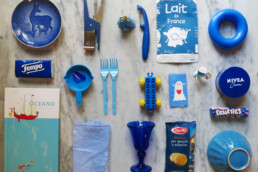The pop-up… We ask is it now an integral part of a brand’s marketing strategy? Well according to PopUp Republic, the pop-up industry has grown to approximately $10 billion in sales. Pop-ups come in many different models from the small self-organised pop-up to larger collective pop-ups organised by a 3rd party or hosted by a multi-brand store. Labels are realising that providing the customer with the opportunity to experience their brand in real life is more valuable than ever before. We talk with Dimitra Zavakou of Little Pop Up, Tania Vargas of Goat Milk and Teresa Zimmermann from The Small Gatsby about their experiences of the pop-up.
A lot of people are realising that creating an opportunity for customers to experience their brand in real life is becoming more valuable than before. The element of event and interaction with the customer becomes a drawing point. What’s interesting is the consumers, and what they expect from the Pop-up experience. According to PopUp Republic, consumers expect the pop-up shopping experience to be unique, different from the average bricks and mortar visit. As we see from our interviews some customers are seemingly attracted to the exclusivity and ephemeral nature of the pop-up.
And pop-ups are not just for startups or small to medium brands. In fact in 2015 as part of their strategy to enter the U.S market London-based luxury department store, Liberty popped up for a limited period in five U.S Nordstrom locations.
But what are the main objectives and how do you gauge the success of a pop-up shop? What better way to find out then than by speaking to those involved.
Curator: Little Pop Up
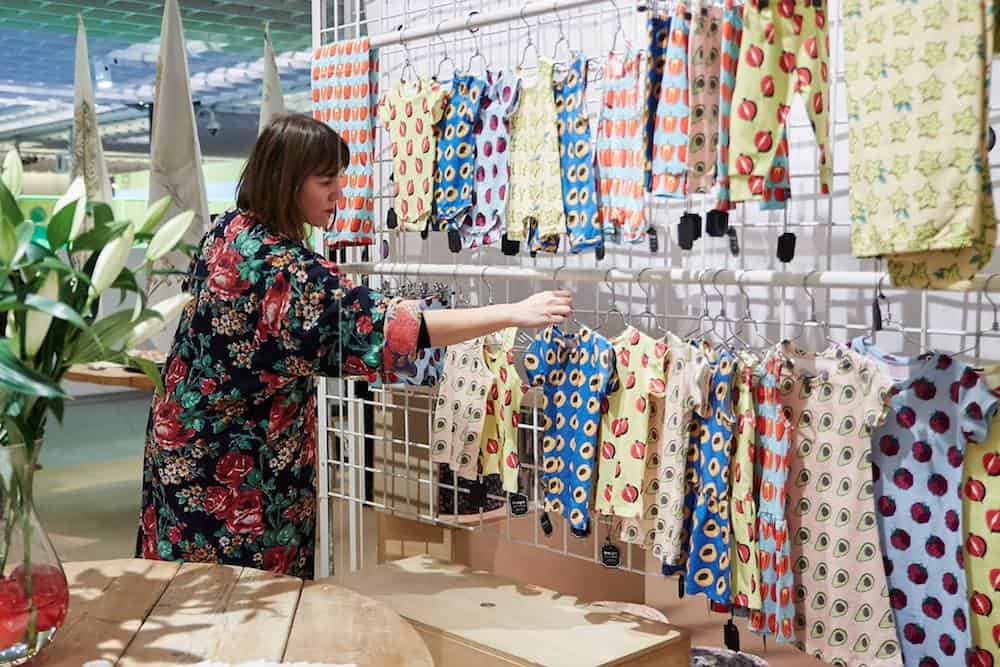
In your opinion, what is the primary objective for taking part in a pop-up? Pop-up stores are interesting for all brands, however, the primary objectives can differ. Bigger brands can use the pop-up stores as a tool for market research before opening a store and for direct feedback from customers. Another objective can be advertising, sample sales and presentation of new collections. At the same time, independent brands can make pop-up stores through sharing cost economies, to get known in the market and find new customers.
Whatever the objective is, pop up stores act as a platform for exchange, marketing research, advertisement and creativity.
Obviously, you organise Pop-ups but what has been the feedback from your brands? Which type or model of pop-up has been the most successful for them? All types can work depending on the combination of concept, brands, offers etc. My role is to create a concept for the brand(s) that can bring results according to the objective. However, a brand should be ready to make some slight changes to enter a market and listen to the local vibes.
Often brands believe that what works in other countries can also work in Germany, but that is not the case. Also what works for one brand, does not work for another. There is no golden rule to follow. It is all about market research, creative advertisement and correct adjustments.

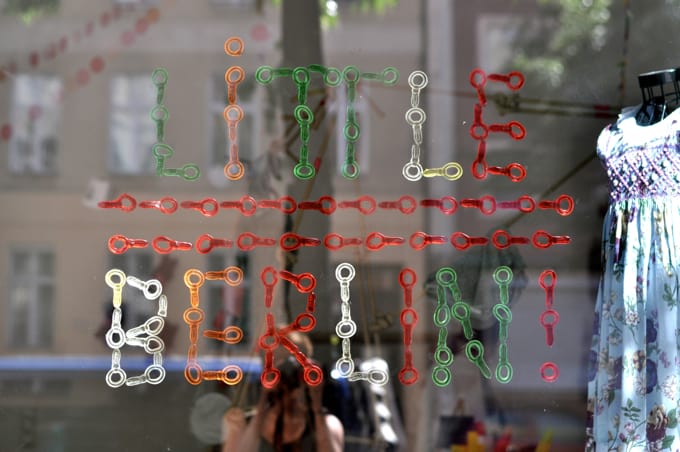
Do you think the results from participating in a pop-up justify the outlay? Mostly yes. Pop up stores can provide great figures and feedback for a brand. Sometimes one pop-up store is not enough to have results, and also it is good to test more locations before taking a decision. But in every case, a pop-up store can provide valuable data.
What can you tell us about pop-ups and your experience with them? Brands should always listen to the feedback from their customers if they are interested to enter that market. If a brand does not succeed with the first pop up store, maybe this is a sign of price, quality, design, material, production factors that do not work in that specific country. If a brand takes action on such points, the results can be surprisingly different.
Brand: The Small Gatsby

Teresa, how did The Small Gatsby Pop-up at Isetan Tokyo come about? Our Tokyo based Agency introduced us to Isetan, and we debuted there this September. After a successful initial fortnight, we were invited to pop-up again over New Year and once more at the end of January. Perfect result!
In your opinion, what is the primary objective for taking part in a Pop-up? Getting a very well curated introduction to a market, to a specific target group, and getting lots of attention. It’s like a red carpet.
Which type/model of pop up has been the most successful for you?
Multi-brand store (they just know how to get it right), or at our own workshop (obviously a very different and personal affair)
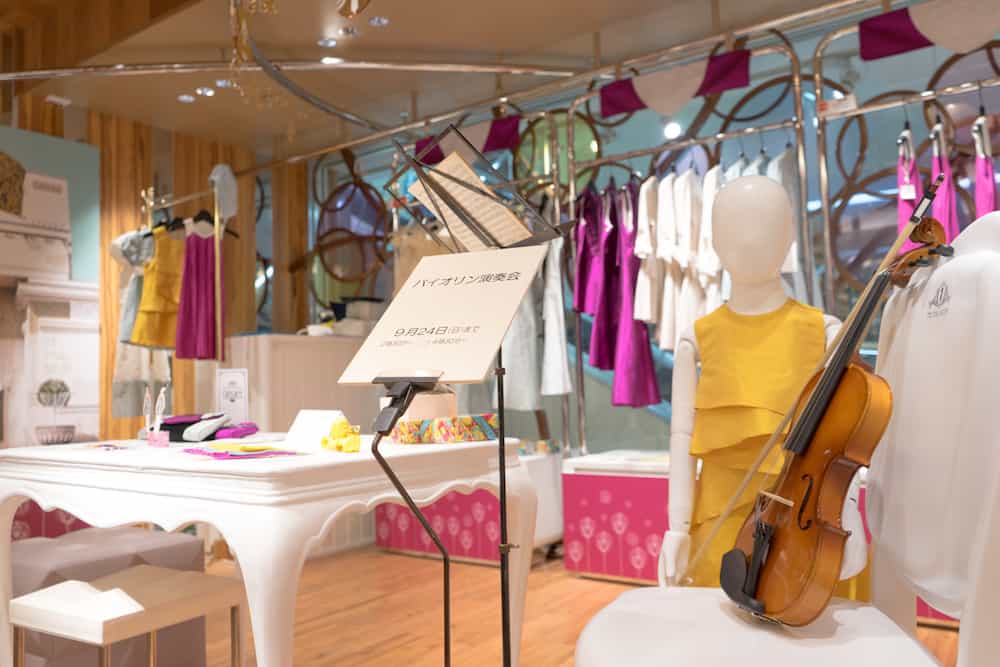
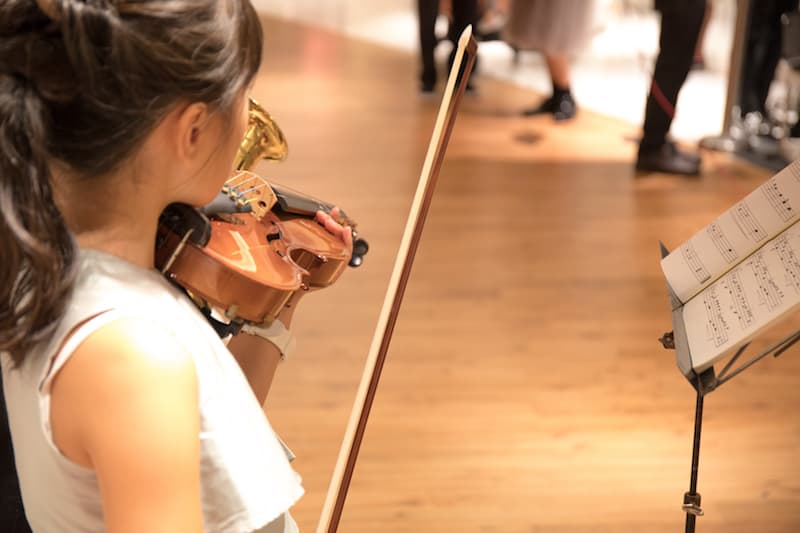
Do you think the results from participating in a pop-up justify the outlay? In the long run – Always. Immediately it depends on the work that has been done by PR beforehand.
What can you tell us about pop-ups and your experience with them? It’s like its own life-form existing within our sales and marketing activities. It has its special needs and phases of development (the fun ones and the challenging ones) but for us, it only makes sense if there is a LOT of PR activity leading up to it. Because what’s better than being there at the right time at the right spot, with a big crowd awaiting you?
Brand: Goat Milk

Tania, what is the primary objective for taking part in a Pop-up? The primary objective is to create awareness and meet new customers. It’s always nice to make a profit or even break even, but for us, it’s about the exposure to a new market.
Which type or model of pop-up has been the most successful for you? The ones we organize ourselves seem to do the best. At the end of the day, people come for the individual brand.
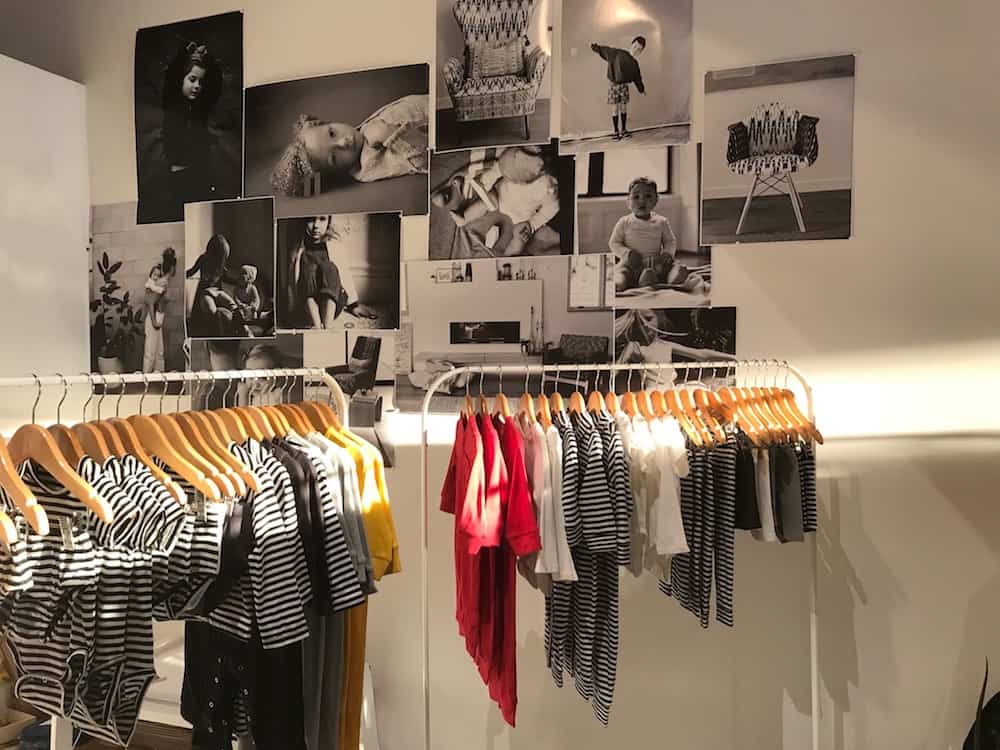
Do you think the results from participating in a pop-up justify the outlay? Usually not financially (if you have to travel and rent a hotel room). But in my opinion, if one more person discovered us and liked us, it was worth the effort.
What can you tell us about pop-ups and your experience with them? I encourage everyone with a brand to do as many pop-ups as they can and to be creative about it. If there is a retailer that doesn’t carry your brand because they are not sure if it will do well, offer to do a pop-up. Neither retailer nor brand needs to spend any money and both store and brand get exposure to a new market.
I think pop-ups are a great way to reach new customers. But if you are looking to make money, then don’t do it.
Many thanks to:
- Dimitra Zavakou – Little Pop Up Shop
- Renata Fourmanova – The Small Gatsby
- Tania Vargas – Goat Milk
Katie Kendrick
Katie is a specialist in kids’ fashion and lifestyle, editor, consultant, content creator, and owner of Pirouette - a leading resource to the industry.
With a keen interest in both the business and creative aspects of the industry Katie has interviewed buyers, agents, stylists, designers, influencers, covered runway shows, produced trade show reports and curates thought provoking and engaging exhibitions.
She is passionate about good design, creativity and brands that manage to combine this with their environmental responsibility.
Subscribe to Pirouette's monthly Newsletter.
You might also like
April 8, 2024
Unduetrestella DESIGN WEEK
Kids PR agency Unduetrestella announces their design week 2024 Unduetrestella DESIGN WEEK is proud to collaborate for the first time with TOG Together To Go, on the occasion of the 2024…
April 8, 2024
PR Agency: Unduetrestella
Unduetrestella, Milan, Italy.Unduetrestella works with design and lifestyle brands related to children and families. In recent years, in Italy, the interest in the space dedicated to kids domestic…
March 4, 2024
Vida Kids
Vida Kids, London, UK.Celebrating 20 years in 2023, Vida Kids represents childrenswear and lifestyle brands from around the world. Their showroom and office is located in Islington, London. When…
February 27, 2024
The Little Red Planet
Mindi Smith talks to us about The Little Red Planet, her children's boutique based in Sag Harbor, New YorkLaunched online in September 2018, the first brick ‘n mortar followed in Dec 2018.…
February 8, 2024
All eyes on NYC this weekend!
It’s all eye’s on Playtime New York & Kids Hub this weekend, Pirouette will be state side for all three days in the city that never sleeps.
February 11-13, 2024
Metropolitan Pavilion
February 5, 2024
Julie Vianey – stylist
Julie Vianey shares some of her experiences as a stylist.Julie Vianey is a freelance kids and fashion stylist based in London with 15 years experience. She has worked for iconic brands such as…
February 1, 2024
Cookie Dough boutique
Yasmin Agha talks to us about Cookie Dough, her beautiful children's boutique in downtown Beirut.Cookie Dough Boutique sits in downtown Beirut, on the corner of one of the most prestigious locations…
January 25, 2024
Playtime Paris starts this weekend!
Playtime Paris January 27-29, 2024 parc floral WIth over 300 brands exhibiting at Playtime Paris you should makes sure to plan your visit! Pirouette will be there from Saturday morning bright and…
January 13, 2024
What to look out for at Pitti Bimbo 98 Day 2
Day 2 to do list After the excitement of day 1 I’m nicely warmed up to make a running start to day 2. Plenty to see and lots of people to catch up with. 1. Starting off rogue It's great to…






